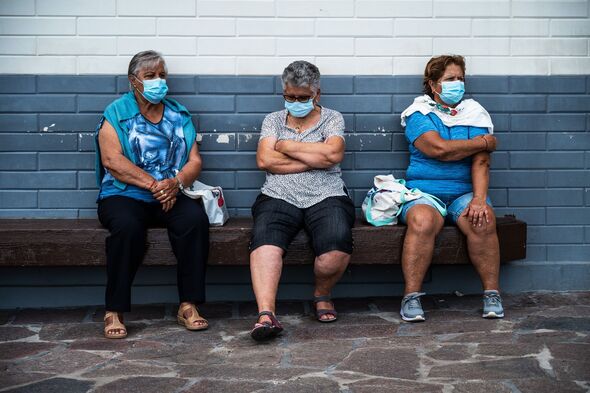Spain has warned of two new diseases spread by blood-sucking ticks as the country experiences a concerning rise in cases.
Health authorities have launched a new project to monitor the insects spreading Lyme disease and Crimean-Congo haemorrhagic fever (CCHF).
They have incorporated monitoring the bugs into their National Plan for Surveillance and Control of Vector-borne Diseases in the wake of the spike in cases.
Lucia Garcia San Miguel, head of the Coordination Center for Health Alerts and Emergencies (CCAES), said of CCHF: “It is not an infection that is cured and that’s it.
“Over the months, manifestations can continue to appear and it can cause serious and disabling sequelae for life, but it is extremely difficult to diagnose because there are no adequate methods.”
The NHS website warns of Lyme disease: ” A circular or oval shape rash around a tick bite can be an early symptom of Lyme disease in some people.
“The rash can appear up to three months after being bitten by an infected tick, but usually appears within one to four weeks. It can last for several weeks. The rash can have a darker or lighter area in the centre and might gradually spread. It’s not usually hot or itchy.
“The rash may be flat, or slightly raised, and look pink, red, or purple when it appears on white skin. It can be harder to see the rash on brown and black skin and it may look like a bruise.”
Symptoms of Lyme disease include a high temperature, feeling hot and shivery, headaches, muscle and joint pain, tiredness and loss of energy.
CCHF is more rare in Europe, but Miguel said “we believe it will increase”. It is transmitted by bites from infected ticks or by direct contact with blood or tissues of infected ticks, people, and livestock.
Symptoms include high fever, muscle pain, and dizziness, but over 80 percent of cases are asymptomatic or mild. If symptoms show, they will typically appear between two to seven days after infection.
